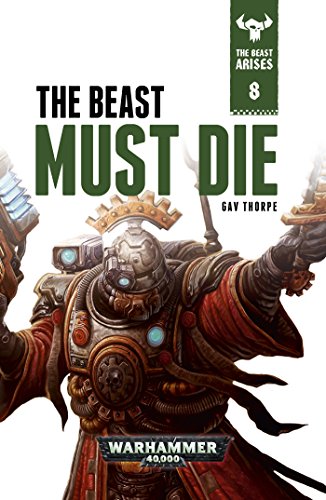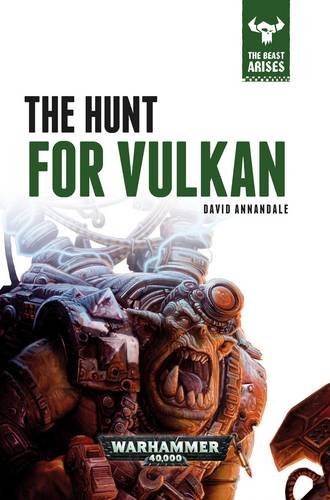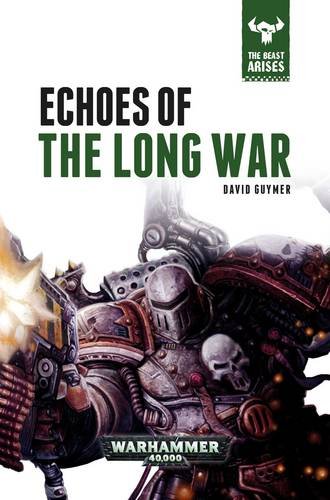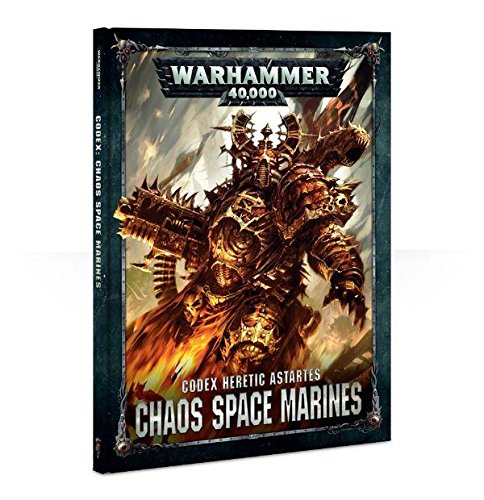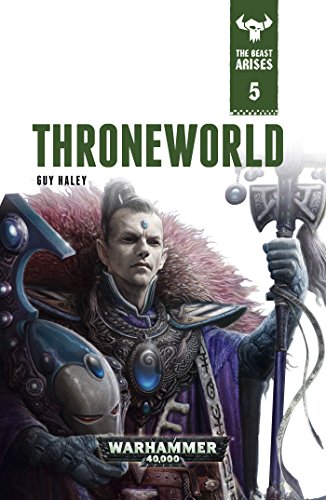I love this cover. I don’t know why but the whole nuns with guns has always been a massive hook for me. After reading through some complicated and brain bending books for work recently I needed something cathartic and fun to read. Games Workshop have a knack for producing short stories that cost me a lot of money in toy soldiers. In short the timing for the release of this book could not have been better for me as the new Sisters models aren’t out yet. This story almost felt hard-boiled, and right to the heart of what GW does so well.
The story is pretty simple as you’d expect from something of this length but it has setup the possibility of more Sisters perfectly. There was just enough characterization to give colour to the story and leave me wanting more. As always with GW stories the dark sense of continual war and of the wars within the great war comes across well. Seriously there needs to be more Battle Sisters stories. This book was a great way to spend a lunch break and cost less than a frothy coffee.

